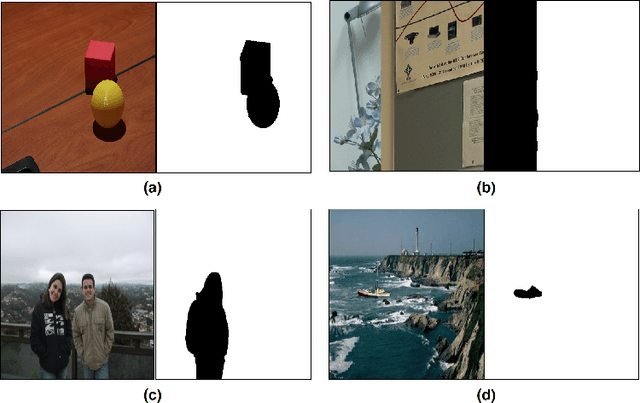Image Splicing Localization Using A Multi-Task Fully Convolutional Network (MFCN)
Paper and Code
Sep 06, 2017



In this work, we propose a technique that utilizes a fully convolutional network (FCN) to localize image splicing attacks. We first evaluated a single-task FCN (SFCN) trained only on the surface label. Although the SFCN is shown to provide superior performance over existing methods, it still provides a coarse localization output in certain cases. Therefore, we propose the use of a multi-task FCN (MFCN) that utilizes two output branches for multi-task learning. One branch is used to learn the surface label, while the other branch is used to learn the edge or boundary of the spliced region. We trained the networks using the CASIA v2.0 dataset, and tested the trained models on the CASIA v1.0, Columbia Uncompressed, Carvalho, and the DARPA/NIST Nimble Challenge 2016 SCI datasets. Experiments show that the SFCN and MFCN outperform existing splicing localization algorithms, and that the MFCN can achieve finer localization than the SFCN.
 Add to Chrome
Add to Chrome Add to Firefox
Add to Firefox Add to Edge
Add to Edge